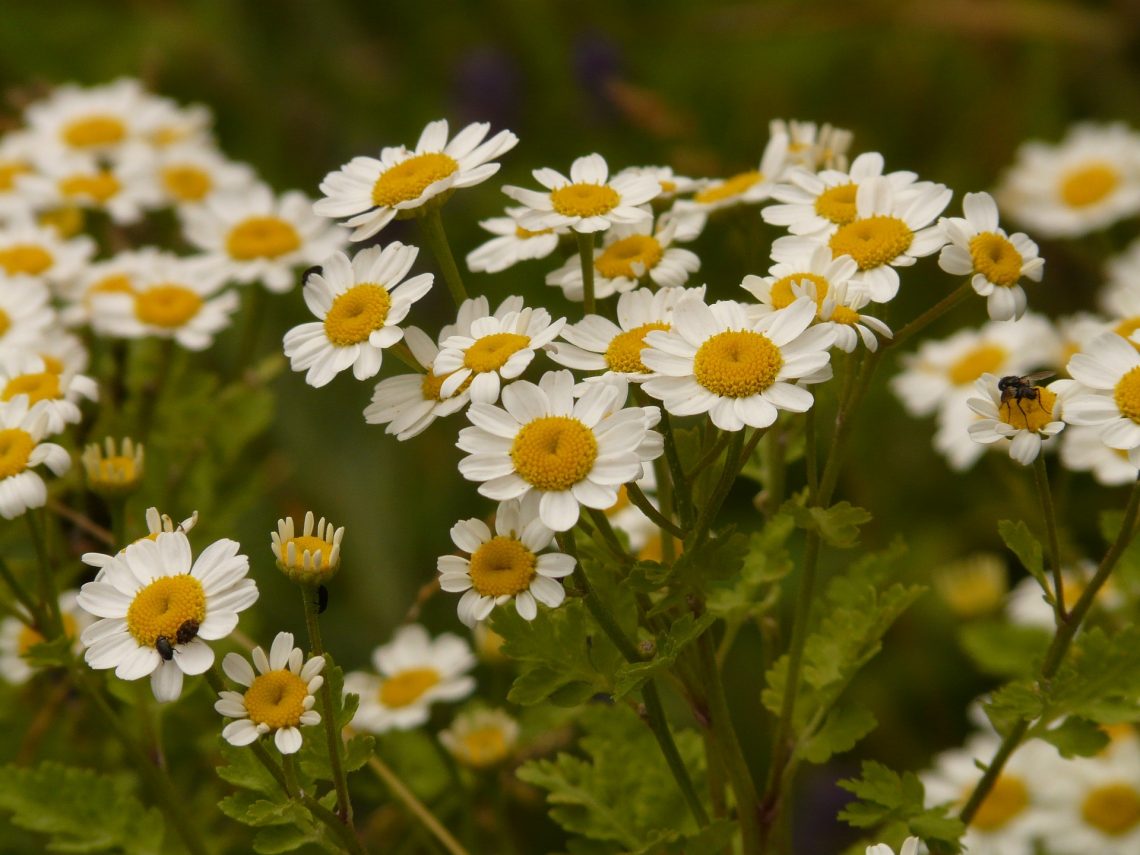
If you have migraines, you need to know about this herb.
When I was little, I didn’t have much pain. I had the usual, typical, roughhouse kid pain. I was a tomboy just a bit and also had a big brother and boy cousins, so I would climb trees with them, play with their G.I. Joe dolls and ride our trikes, playing king of the mountain. I came home with bruises, it was pretty typical. It seems like as soon as I turned 13, the migraines started. It was all, at that time, thought to be a part of “that time of the month” and with it came cramps and stomach issues, but the migraines got worse as I got older. I got migraines that made me immobile.

I couldn’t even lay in bed with any light because the pain was searing into my head, right behind my eye. I remember having one that made me sick to my stomach and caused vomiting. I had never had it before, but my Mother had migraines too and this is usually how they affected her. I remember seeing her so sick a few times and hoped I would never have to feel that way. Well, I did and anyone with migraines knows how debilitating it can be. I called in sick to work many times over my migraines because even reaching for the phone caused intense pain. I saw doctors and tracked my migraines and figured out some patterns and that’s what I want to talk about, in addition to what has helped me.
So, where do migraines even come from? Well, when I was little I had a head injury. I was 11 years old and this accident resulted in behavioral issues, depression, anger, anxiety and social reclusion. It was tough, I developed learning disabilities and had a really hard time concentrating. The migraines started shortly after that at age 13. It was hard for doctors to pin down why I had migraines. Was it hormonal? Was it because of the injury? Was it hereditary? Well, I’ve learned that migraines can stem from all these things and each person’s cause could be different. They can also be caused by certain medications, foods, beverages, food additives, chemical changes in the brain, continual sleep disturbances and stress.
As I got older and started having more pain, I realized that I pretty much fit all these causes, aside from foods as far as I knew and I really wanted a remedy. I would sometimes think that they weren’t that bad and then I had one and I was miserable. I went from drinking more water , cutting out foods to prescription migraine medications. The prescription medications may have worked, but I ended up being allergic to them, so I didn’t get a chance to even feel the effects of it helping my migraine. Needless to say, I was frustrated!

I think I finally had enough about 6 months ago or so and I posted on a discussion group about it. Someone recommended an herb called Feverfew and since I have a herbal supplement regimen, I figured it was worth reading about.
I have to say, I was feeling skeptical. I was hopeful that something may finally help, but I was also concerned that it wouldn’t work at all and I would back at the start line of my migraine saga.
Let me say first, not everything is going to work the same for everyone so one person finds relief with this, another may not. After buying the Feverfew and using it as directed every day for 6 months, I can honestly say that the severity of my migraines is much, much less. I can function now. It took time. It didn’t improve the first month, but I hung in there and felt more and more relief month after month.
I feel that it’s helped me be able to live my life again. Now, I know that’s a big statement and what I mean is that with migraines, I was in bed all day, if not several days. Light and sound made me writhe in pain and movement was nauseating. The pain behind my eye felt as if I was being stabbed by a hot poker. It was truly excruciating so going from that to being able to get out of bed and participate in life.
You’re probably asking what is feverfew and is it really safe? Well, here is what I’ve learned…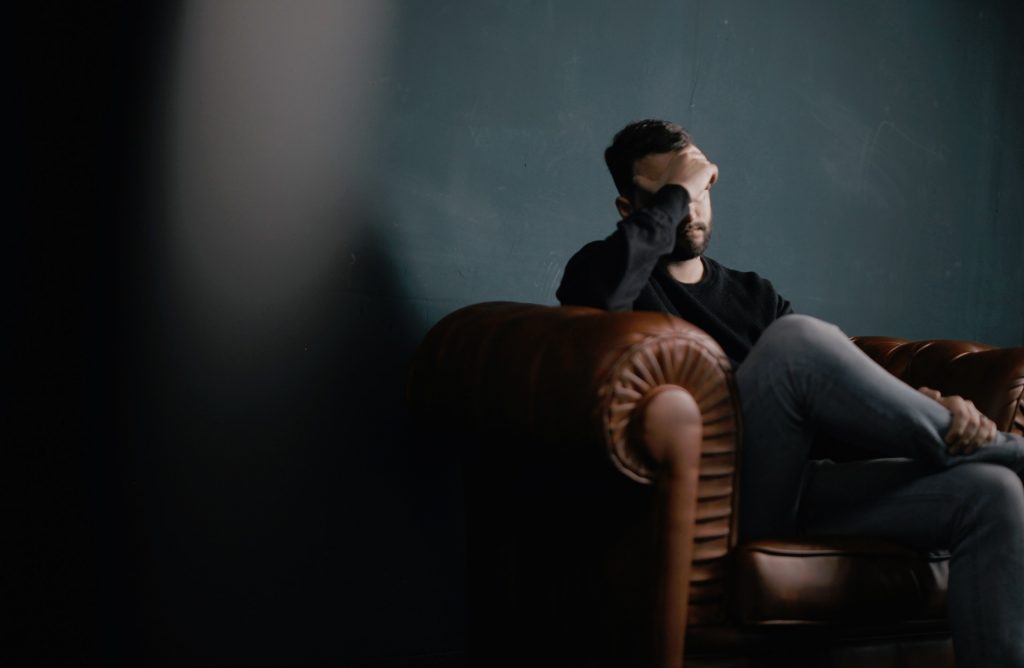
Feverfew is a flowering plant in the daisy family and has been used for centuries for fevers (where it’s thought to have gotten its name), constipation, skin conditions and preventing migraines. It’s also been thought to have been used for general pain like toothaches and painful menstrual periods as well. It’s known as feverfew, wild chamomile, feather few and bachelors button. It’s a cute little flower with white petals and a yellow middle and really looks very much like chamomile or daisies.
I have great results from it, but as always, I do my research on not only the positives, but the negatives that could arise.
Some cautions for you about feverfew are to avoid this herb if you are taking blood thinners or any medication that may decrease your body’s ability to clot blood. Also, if you are pregnant or nursing, it’s best to avoid this herb. This herb has been reported to cause uterine contractions. Side effects are typically reported to be minor and includes bloating, constipation, diarrhea, dry mouth and irritation of the mouth.
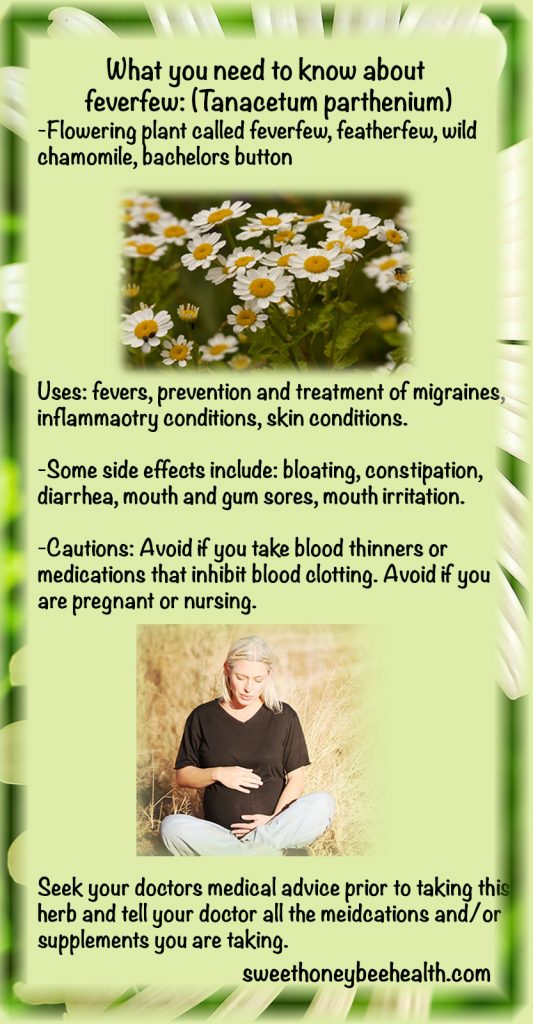
I really urge you to research this if you are suffering from chronic migraines and always consult your physician prior to using any herb, medication or natural remedy. Just because this is an herb, it can still cause issues so it’s important you seek medical advice.
While you are trying this herb, consider incorporating some self care techniques for pain such as meditation, yoga, deep breathing or aromatherapy.
It’s also important to log your foods and triggers. Do you get a headache after certain foods? Certain beverages? Certain scents? These things are important because they will not only help your doctor, but also help you figure out what you can avoid.
Please reach out to me below and let me know your thoughts about this herb and did it work for you and I’d love to know your personal experience with migraines.
Images from Pixabay.com
Feverfew graphic made by sweethoneybeehealth.com, feel free to use on your site or share on pinterest. Use of this graphic must include the webpage address sweethoneybeehealth.com at the bottom.
https://www.emedicinehealth.com/drug-feverfew/article_em.htm#whatis
https://nccih.nih.gov/health/feverfew
Disclaimer: Sweet Honeybee Health and it’s owners are not medical professionals. Content on this website is intended for informational purposes only. I research and write on numerous health topics and companies. Do not use the information you find on this site as medical advice. You are encouraged to seek the advice of a medical professional prior to trying any health remedy, no matter how safe or risk-free it may claim to be.


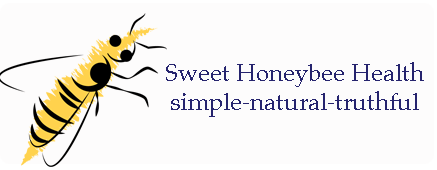
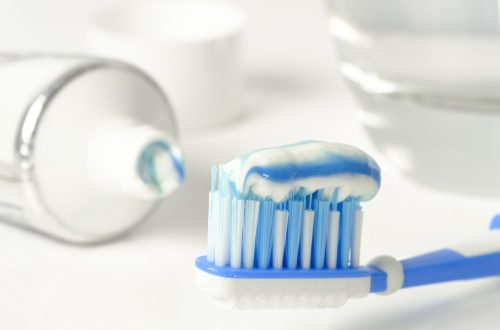
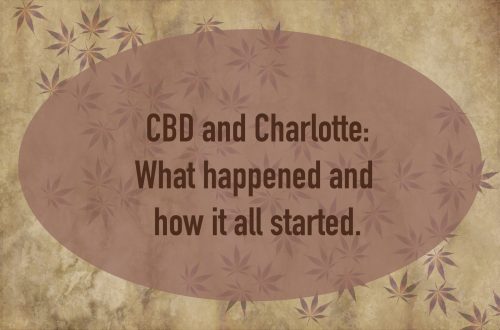
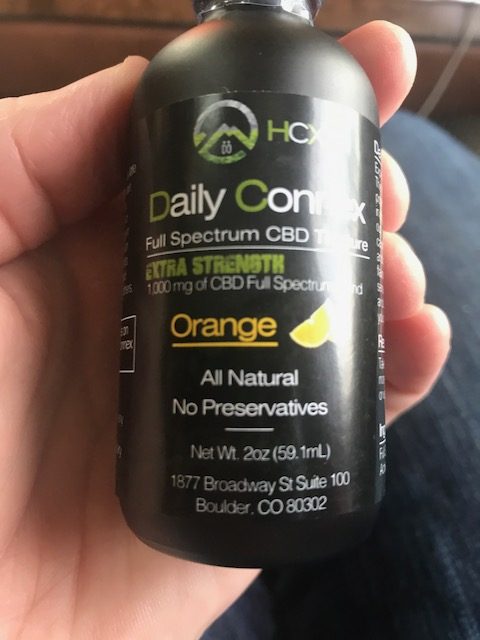
One Comment
Pingback: